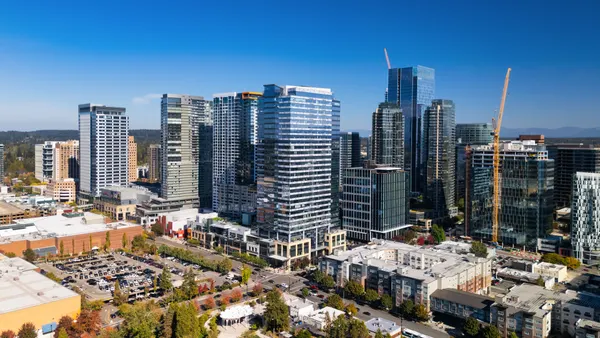Dive Brief:
- Images on social media can predict the "health" of a neighborhood and anticipate whether it will gentrify, according to a study published in Frontiers in Physics.
-
Researchers analyzed Flickr images of cultural events in New York and London over 10 years and found that the presence of culture was tied to the growth of neighborhoods, increases in home values and the median income of an area.
- "We've known for decades that this 'cultural capital' plays a huge role in a person's success,” Dr. Daniele Quercia of Cambridge University, and one of the study co-authors, said in a statement. “Our new model shows the same correlation for neighborhoods and cities, with those neighborhoods experiencing the greatest growth having high cultural capital.”
Dive Insight:
Quercia says there’s a clear takeaway from the research: “For every city or school district debating whether to invest in arts programs or technology centers, the answer should be a resounding 'Yes!'"
The study builds on the idea of "cultural capital," which says that a person’s cultural interests and exposure to creativity are brought into their personal relationships and communities, attracting people of like mind to form neighborhoods and societies.
It’s not clear from the study whether more cultural institutions are gentrifying neighborhoods, or if residents are moving in and creating the cultural events covered by the study. But the insight could be useful for city planners to help predict how neighborhoods are changing, and adapt to gentrification that would displace low-income residents. Querica said in a press statement that the study could even be expanded to analyze pictures of parks, farmers markets, restaurants and other neighborhood features to measure the "sense of wellbeing" an area can offer.
The researchers warn that such analysis is constrained to cities where the rate of social media use is high and is dependent on people being genuinely engaged with the events around them. Still, cities have started embracing social media for marketing and research — even to analyze the impact of public lighting projects. This study indicates there is more information to be mined from Instagram posts than just envy of fancy meals and puppies.











